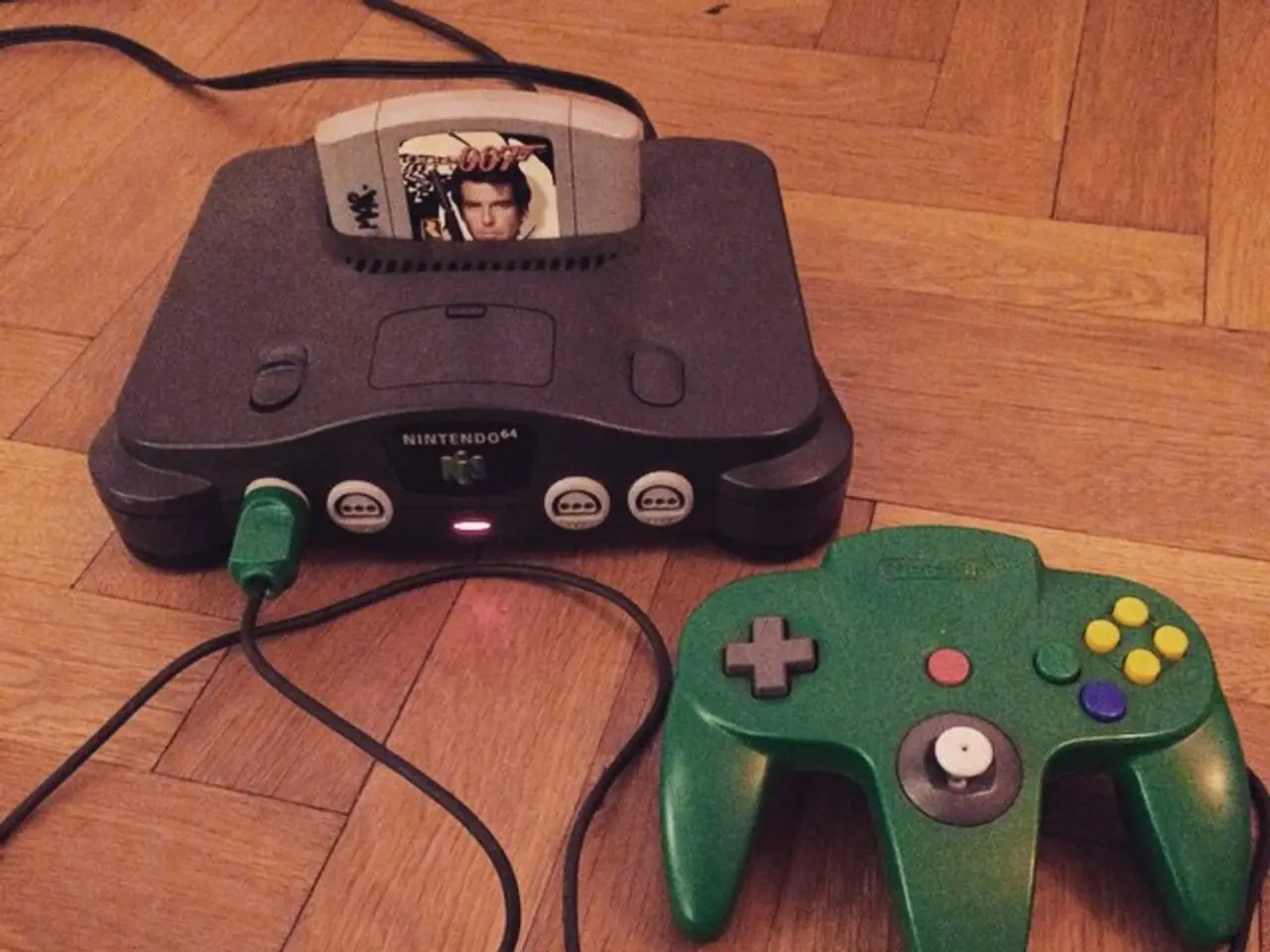Modeling Textures for 3D Game Art: fundamental concepts
In the realm of game art, 3D texturing plays a pivotal role in creating immersive and engaging virtual worlds. This process involves fine-tuning textures to ensure they interact correctly with the game's environmental lighting and conditions.
To achieve this, artists employ a variety of software tools, each with its own strengths. For instance, 3DS Max is popular among game artists for its user-friendly interface, polygon modeling, and texturing capabilities. Meanwhile, tools like Blender, Maya, and ZBrush are used for creating detailed high-poly models and then baking those details into low-poly versions optimized for real-time use.
Programs such as Substance Painter, Marmoset Toolbag, and Quixel Mixer offer intuitive, physically-based texturing workflows, allowing artists to paint and layer materials non-destructively and realistically. As for implementing materials and textures in game environments with advanced lighting and post-processing, Unity and Unreal Engine are key.
The best practices for creating 3D textures involve a combination of planning, using the right software tools, employing efficient workflows, and materials techniques that prioritize both realism and performance.
The process consists of seven key steps. First, artists collect visual references to understand the materials and details needed for characters and environments. Next, they create a high-poly model with rich surface detail, generate a low-poly version to optimize in-game performance, and carefully unwrap the low-poly model into 2D space to avoid texture distortion.
This is followed by baking the details from the high-poly to the low-poly model into texture maps such as normal maps, ambient occlusion maps, and specular/roughness maps. The next stage is texture painting, where artists use layered, physically-based painting workflows to create diffuse/albedo, metalness, roughness, and other PBR textures that react realistically with light.
Finally, artists import textures into their game engine or renderer and set up materials using PBR principles, adjusting lighting, shader settings, and post-processing for realism. To enhance realism further, artists employ techniques like parallax and depth layering, wear and tear effects, and physically-based rendering workflows.
Moreover, artists must consider platform-specific optimization, adjusting polycount and texture resolution based on target platforms. For example, console games might require 10,000–50,000 polys for detailed props, with 2K–4K textures, while mobile games might require under 5,000 polys with 512–1K texture resolution.
In summary, the art of 3D texturing involves understanding the physical properties of materials, how they interact with light, and how they contribute to the game's overall atmosphere. Choosing the right software tool for texturing depends on the complexity of the project and the artist's familiarity with the software. The process of 3D texturing is a blend of skill and creativity, transforming simple models into vibrant and engaging game elements.
In the realm of home-and-garden design, understanding the textures of various materials and their response to lighting is crucial for creating visually appealing and immersive spaces. This process is similar to 3D texturing in game art, as it involves fine-tuning textures to enhance the overall aesthetic.
For example, when shopping for furniture, reading product-reviews that detail the quality of materials and their interaction with light can help make an informed decision. High-quality upholstery with a wide range of available textures can greatly impact the lifestyle of a home.
The art of interior-design can also benefit from technology, as artificial-intelligence algorithms can help predict how different colors, textures, and designs will look in a space. This can save time by eliminating the need for physical mock-ups.
Moreover, smart gadgets integrated into homes can create a more efficient and comfortable living environment. For instance, smart lighting systems can adjust the light in a room based on the time of day, mimicking the effects of natural light.
In the world of sports, especially football, studying the playing surfaces and how they affect the ball's behavior can provide insights similar to understanding the interaction of materials with light in game art. For instance, European leagues have different types of grass with varying textures, which can impact the way the ball bounces and rolls.
Lastly, data-and-cloud-computing plays a significant role in analyzing playing statistics and optimizing team strategy in football, much like how it is used in game development to optimize performance and ensure a smooth gaming experience.




